Doepfer A-101-1v Handleiding
Doepfer
Niet gecategoriseerd
A-101-1v
Bekijk gratis de handleiding van Doepfer A-101-1v (6 pagina’s), behorend tot de categorie Niet gecategoriseerd. Deze gids werd als nuttig beoordeeld door 62 mensen en kreeg gemiddeld 4.4 sterren uit 31.5 reviews. Heb je een vraag over Doepfer A-101-1v of wil je andere gebruikers van dit product iets vragen? Stel een vraag
Pagina 1/6

doepfer System A - 100 Vactrol Multitype Filter A-101-1
1
1. Introduction Module A-101-1 is a special multitype filter based on
an idea by Nyle A. Steiner from the year 1974. Injecting
an audio signal into different points of a standard low
pass filter circuit leads to the three filter types low pass
(LP), band pass (BP) amd high pass (HP). For each
filter type a separate input is available and the sum of
the three filtered signals appears at the common out-
put. Even a notch filter can be realized.
In contrast to the original circuit so-called vactrols are
used instead of diodes as variable resistors for fre-
quency and resonance control. A vactrol is a combi-
nation of a light depending resistor (LDR) and a light
emitting diode (LED) both put into a small light-proof
case. Vactrol based circuits are known for their soft
low-distortion sound. For details about vactrols and
the A-101-1 circuit principles please use the correspon-
ding links in the A-101-1 info page on our web site
www.doepfer.com.
The three filter audio inputs are normalled via swit-
ching sockets, i.e. the BP input is connected to the LP
jack socket provided that no cable is plugged into the BP
socket (same applies for HP/BP inputs). Each audio
input is equipped with an attenuator. The audio inputs
are very sensitive and enable distorted sounds too.
For both frequency and resonance manual control and
several control voltage inputs are available.
Two LEDs display the current frequency and reso-
nance settings.

A-101-1 Vactrol Multitype Filter System A - 100 doepfer
2
Controls:
1 Frequency manual frequency control
2 CVF2 attenuator for FCV input "
3 CVF3 attenuator for FCV input §
4 Emphasis manual resonance control
5 CVQ2 attenuator for QCV input %
6 LP attenuator for LP audio input &
7 BP attenuator for BP audio input /
8 HP attenuator for HP audio input (
9a/b LED controls for frequency and resoance
Inputs / Outputs:
! CVF In 1 frequency control voltage input 1
" CVF In 2 frequency control voltage input 2
§ CVF In 3 frequency control voltage input 3
$ CVQ In 1 resonance control voltage input 1
% CVQ In 2 resonance control voltage input 2
& LP In low pass audio input
/ BP In band pass audio input
( HP In high pass audio input
)a Out 1 audio output 1
)b Out 2 audio output 2
2. Overview
&
/
(
)a
)b
!
"
§
$
%
1
2
3
4
5
6
7
8
9a
9b

doepfer System A - 100 Vactrol Multitype Filter A-101-1
3
3. Controls / Inputs / Outputs
1 Frequency (control) / ! CVF In 1 (socket)
2 CVF2 (control) / " CVF In 2 (socket)
3 CVF3 (control) / § CVF In 3 (socket)
This group of elements is responsible for the filter fre-
quency. Control 1 Frequency is used to adjust the
frequency manually. The control voltage inputs ! CVF
In 1, " CVF In 2 CVF In 3 and § enable voltage control
of the filter frequency by means of external voltages (e.g.
ADSR, LFO, random voltage, S&H). The inputs " CVF
In 2 and § CVF In 3 are equipped with the attenuators
2 3 ! CVF2 and CVF3. Input CVF In 1 has no attenua-
tor available.
Remark: Module A-101-1 uses so-called vactrols to
control frequency and resonance. The light depending
resistors inside the vactrols show a considerable slow-
ness/inertia of the resistance variation. Consequently
frequency changes are not as fast as for other A-100
filters that do not use vactrols. Fast attacks or decays
(CV = ADSR) or FM effects in audio range (CV = LFO or
VCO) are not possible with vactrol based circuits. Please
use one of the other A-100 filters for these purposes. By
means of a LFO with gradually increasing frequency one
can discover the maximum modulation frequency that
the vactrols are able to follow.
The LED right from the frequency control 1 is a rough
measure of the current filter frequency. This LED is
connected in series with the LEDs inside the vactrols
and consequently shows the current illumination inside
the vactrols.
Due to the"crooked" response of vactrols the filter has
not an exact frequency control standard (like V/Oct). The
inevitable tolerances and tracking errors between diffe-
rent vactrols will also lead to an individual sound of each
module and individual frequency and resonance beha-
viour (see below).
4 Emphasis (control) / $ CVQ In 1 (socket)
5 CVQ2 (control) / % CVQ In 2 (socket)
This group of elements is responsible for the filter reso-
nance (emphasis, Q factor). Even the resonance control
is realized with vactrols. Consequently this parameter is
voltage controlled, too. Control 4 Emphasis is used to
adjust the resonance manually. The control voltage in-
puts $ CVQ In 1 and % CVQ In 2 enable voltage
control of the resonance by means of external voltages.
Input % CVQ In 2 is equipped with the attenuator 5
CVQ2. Input $ CVQ In 1 has no attenuator available.
The LED right from the resonance control 4 is a rough
measure of the current filter resonance. Same remarks
as for the frequency LED applies (see above).
Product specificaties
| Merk: | Doepfer |
| Categorie: | Niet gecategoriseerd |
| Model: | A-101-1v |
Heb je hulp nodig?
Als je hulp nodig hebt met Doepfer A-101-1v stel dan hieronder een vraag en andere gebruikers zullen je antwoorden
Handleiding Niet gecategoriseerd Doepfer

31 Maart 2024

8 Juli 2023

6 Juli 2023

4 Juli 2023

3 Juli 2023

3 Juli 2023

2 Juli 2023

2 Juli 2023

30 Juni 2023

30 Juni 2023
Handleiding Niet gecategoriseerd
- Multimetrix
- Closer Pets
- EQ-3
- LinkedPRO
- Kraftwerk
- Reer
- Global
- ELMEKO
- GOgroove
- Zojirushi
- Aqua Medic
- CommScope
- Eden
- Digital Forecast
- Sitecom
Nieuwste handleidingen voor Niet gecategoriseerd
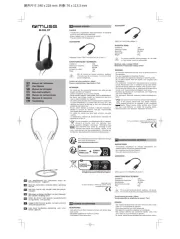
2 Augustus 2025
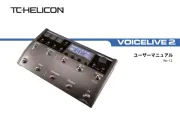
2 Augustus 2025
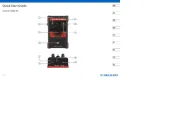
2 Augustus 2025
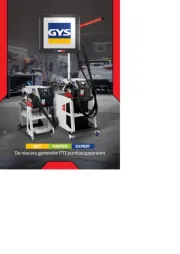
2 Augustus 2025
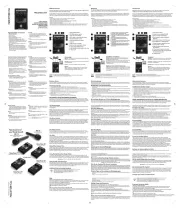
2 Augustus 2025
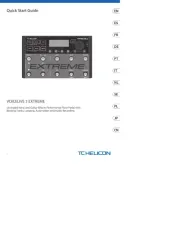
2 Augustus 2025

2 Augustus 2025
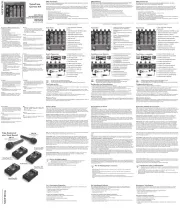
2 Augustus 2025
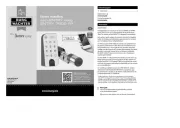
2 Augustus 2025
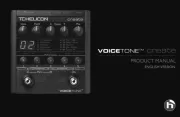
2 Augustus 2025